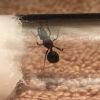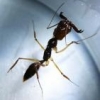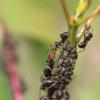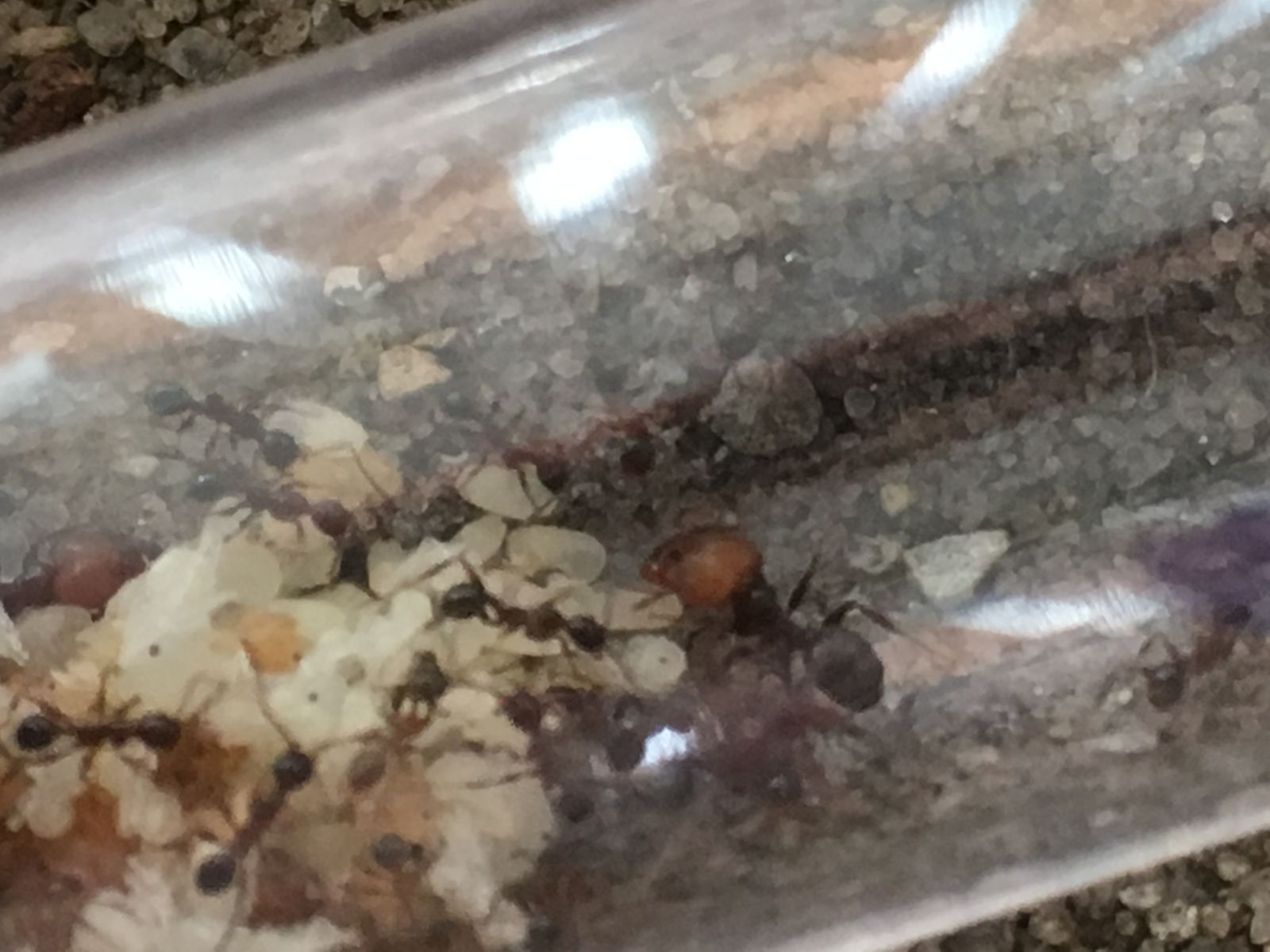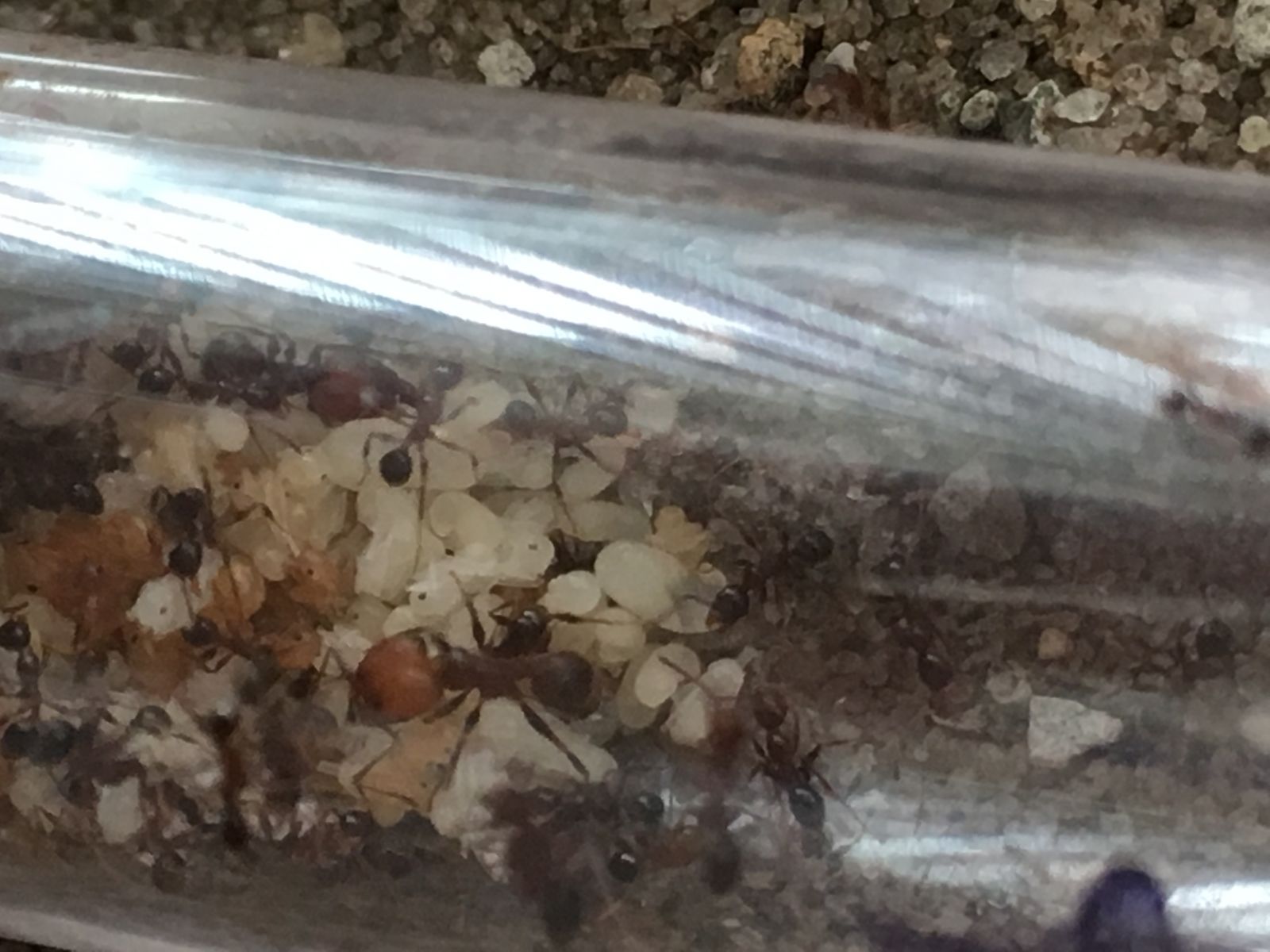I found this dealate on the sidewalk of an urban area (there are trees and grass in the vicinity) at 7:30 AM the day after a rainstorm. It has a reddish head and thorax with a darker gaster. It is 8-9 mm long with 2 nodules and zero spikes. This description makes me think of Solenopsis, though its head and gaster are wider than my Solenopsis invicta queens. I'll post the pictures in just a minute.
Edit: Typo
Edited by jdsaunders1390, May 2 2017 - 4:12 AM.




